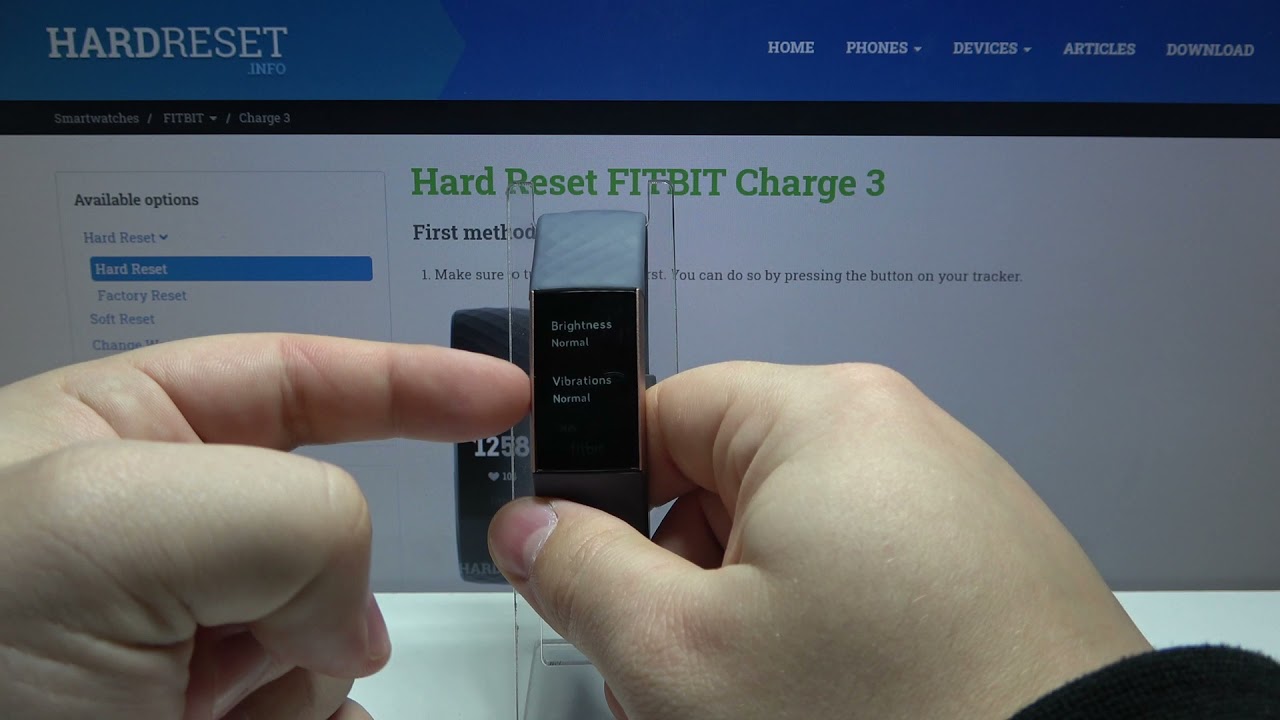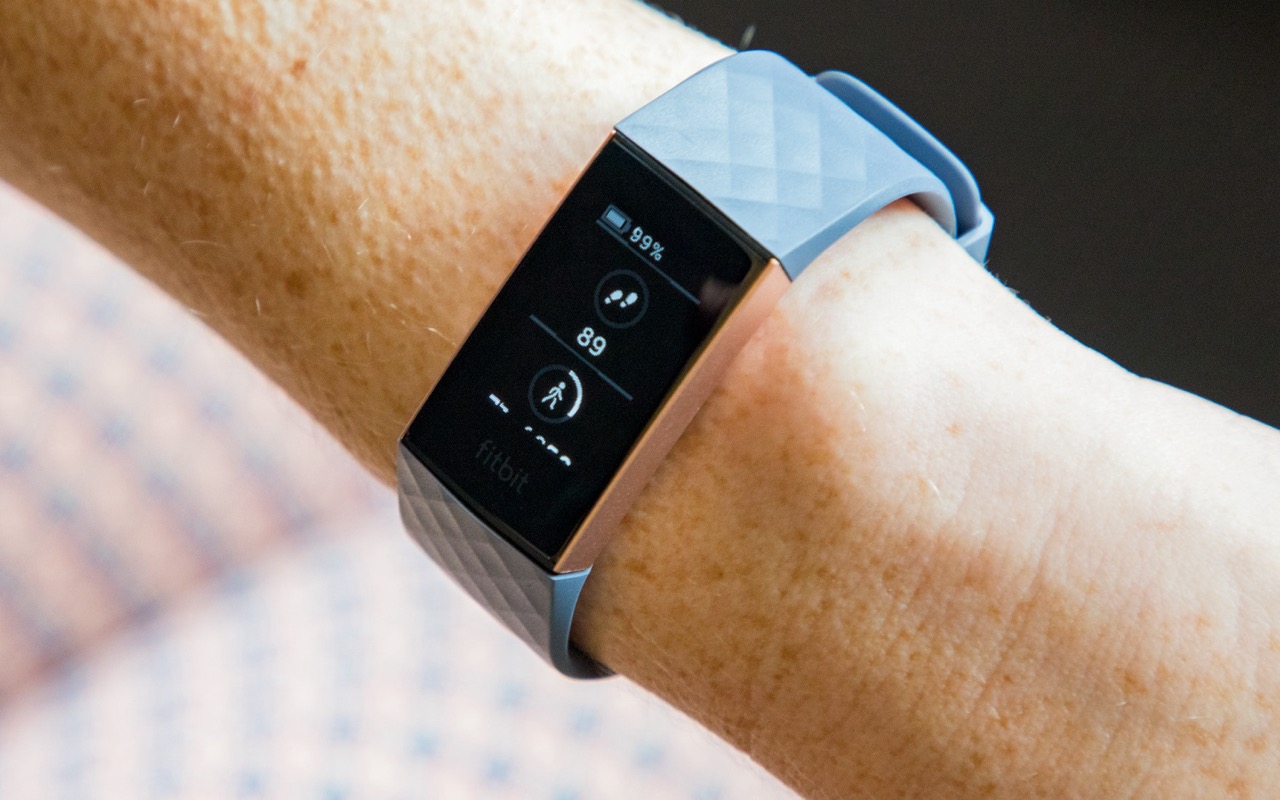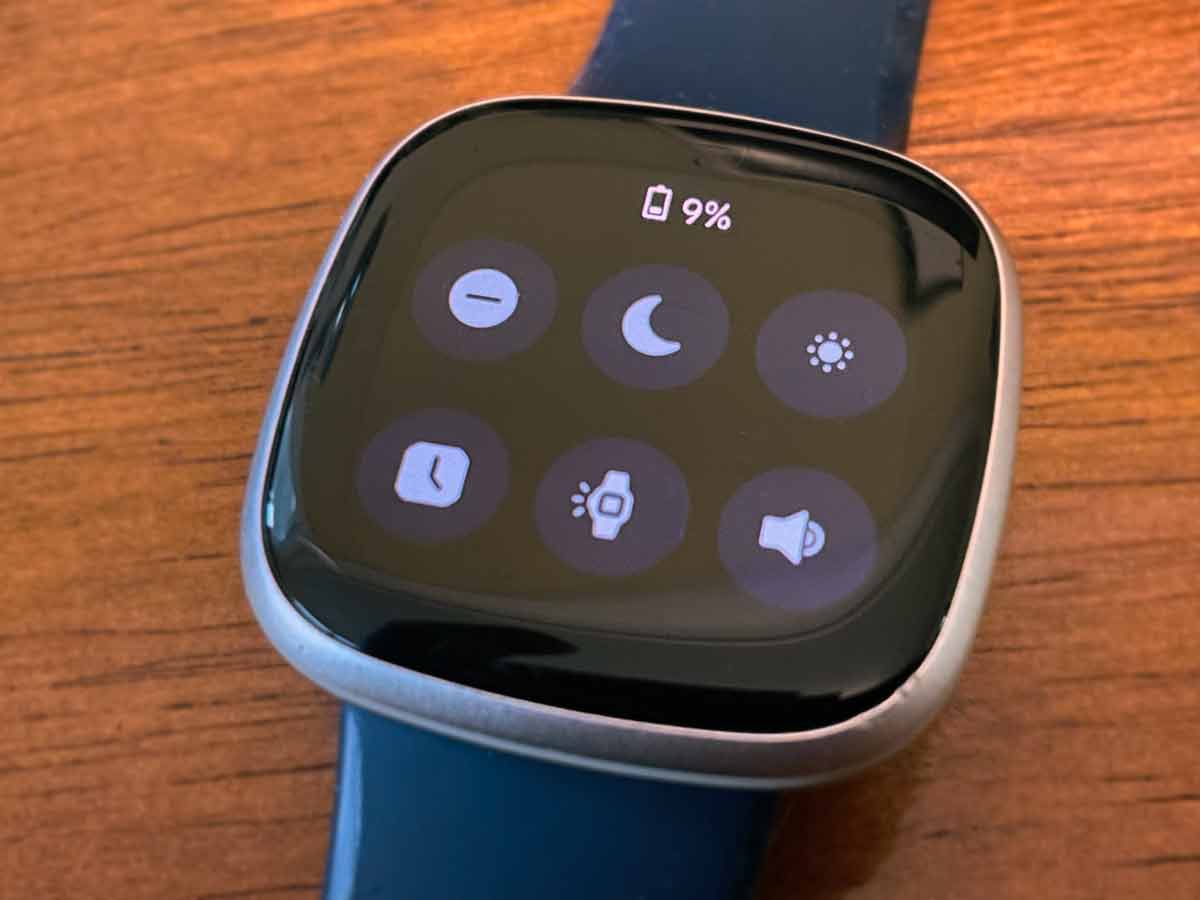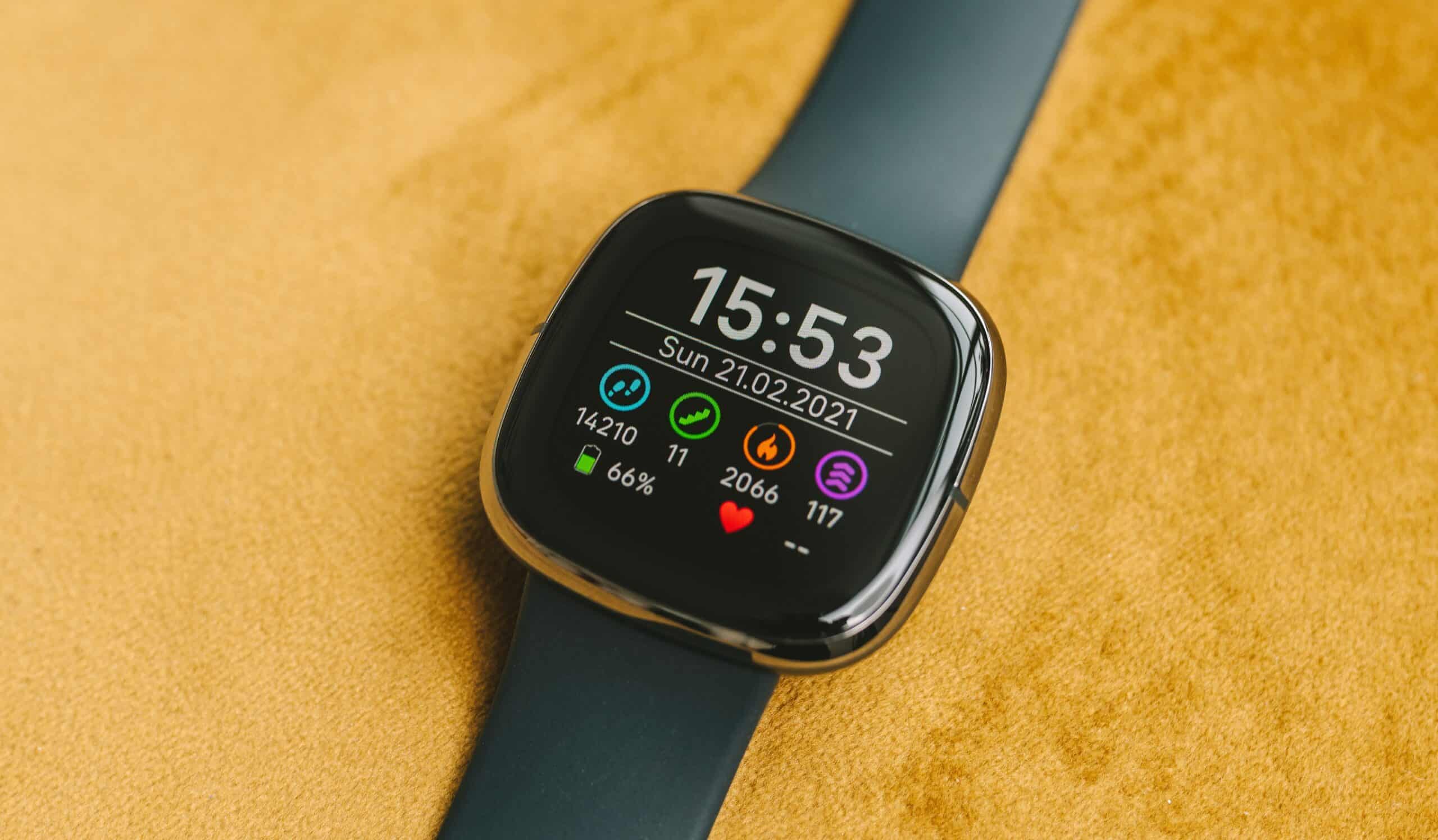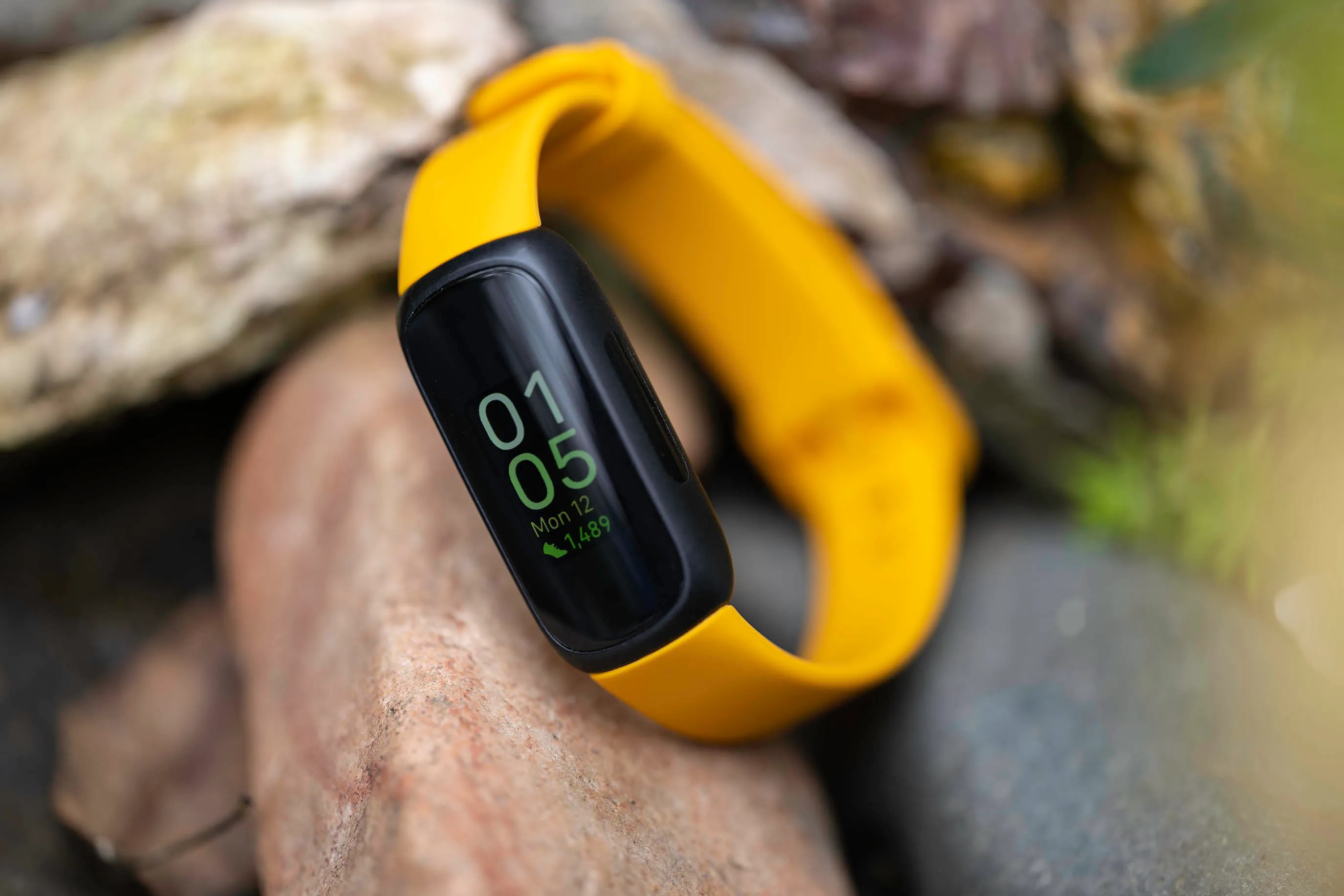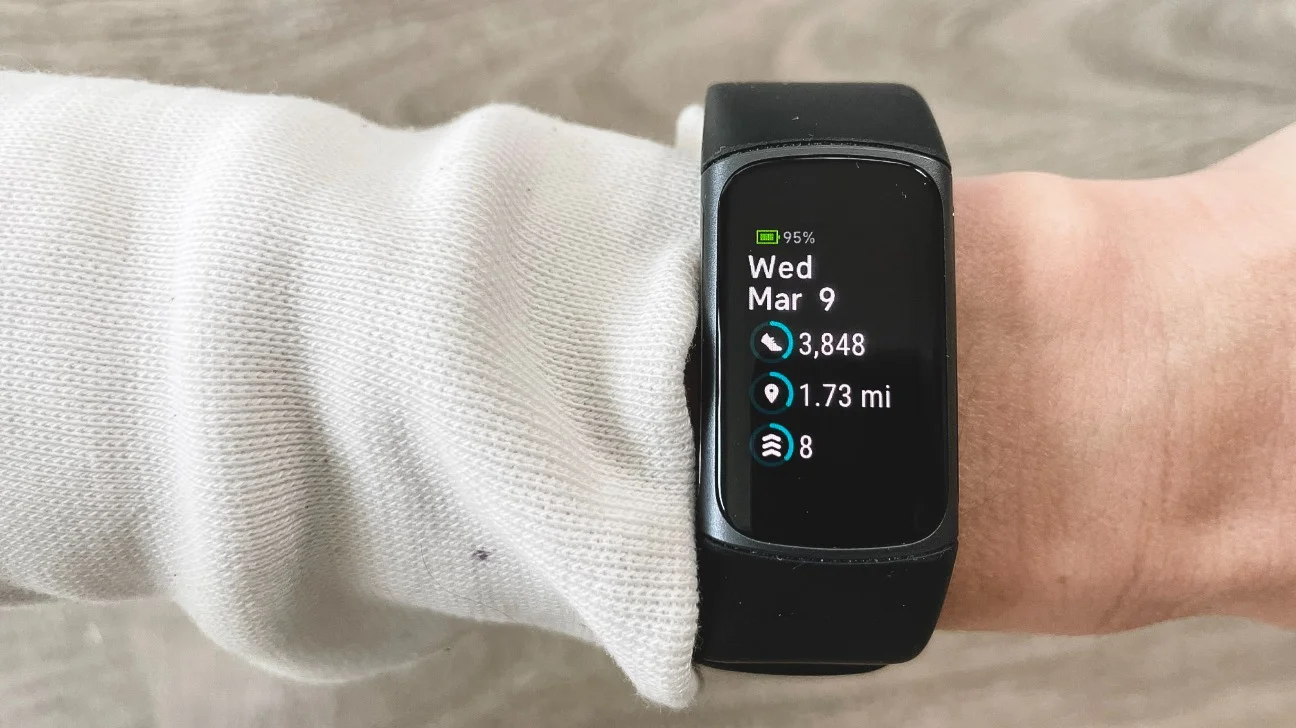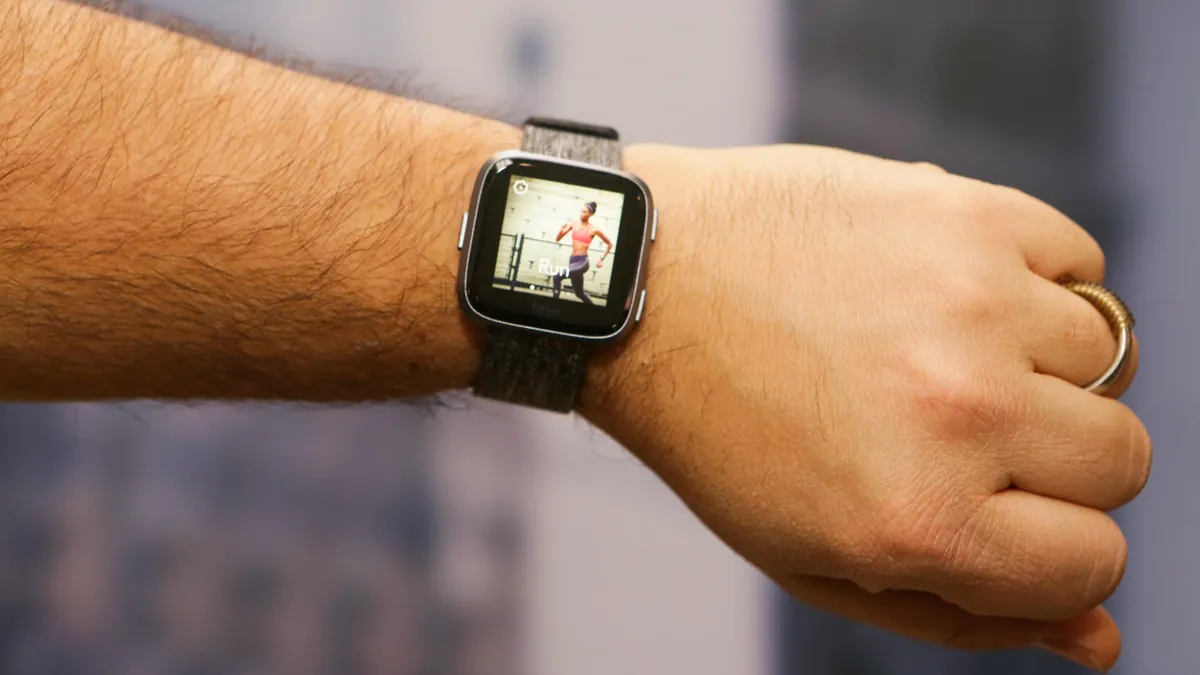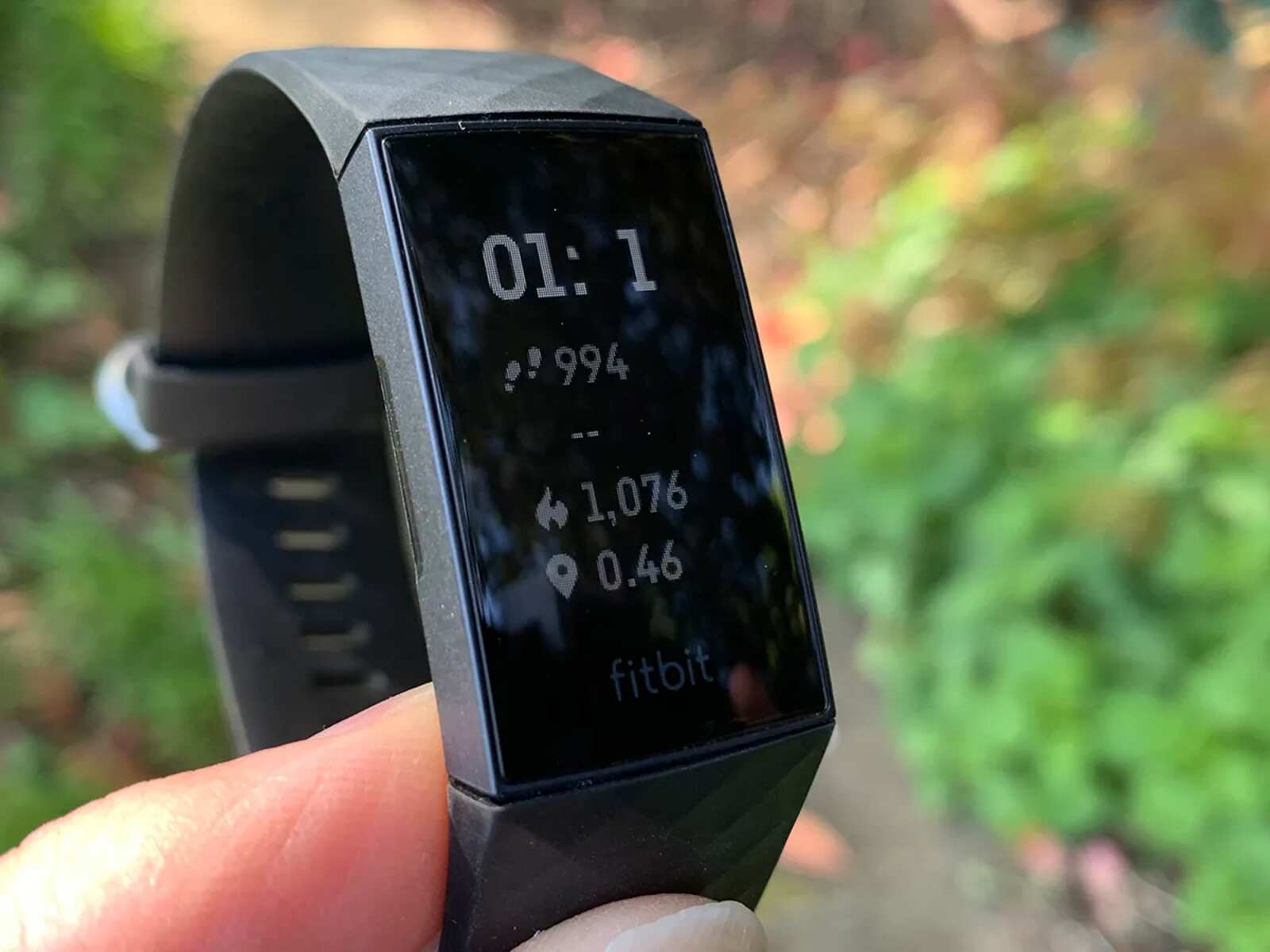Introduction
When it comes to wearable devices, the display plays a pivotal role in delivering a seamless user experience. Fitbit, a leading name in the realm of wearables, offers a range of fitness trackers and smartwatches designed to empower individuals in their pursuit of healthier lifestyles. One often overlooked yet crucial aspect of these devices is screen brightness. The ability to adjust the screen brightness on your Fitbit not only impacts visibility but also contributes to overall user comfort and convenience.
In this article, we will delve into the significance of screen brightness, explore the methods to adjust it on your Fitbit device, and provide valuable tips for optimizing display visibility. Whether you're an avid fitness enthusiast, a tech-savvy individual, or someone looking to make the most of their Fitbit device, understanding and optimizing screen brightness can significantly enhance your overall experience.
The display of a Fitbit device serves as a window to a wealth of information, including activity tracking, heart rate monitoring, notifications, and more. Optimal screen brightness ensures that this information is easily accessible, regardless of the lighting conditions in which the device is being used. By comprehending the impact of screen brightness on visibility and the various ways to customize it, users can maximize the utility and enjoyment derived from their Fitbit devices.
As we journey through the intricacies of screen brightness and its influence on the display of Fitbit devices, you will gain insights that can empower you to make informed decisions about adjusting and optimizing this essential aspect of your wearable device. Let's embark on this enlightening exploration, equipping ourselves with the knowledge and techniques to enhance the display on your Fitbit.
Why Screen Brightness Matters
The significance of screen brightness extends far beyond mere visual appeal. It directly impacts the user experience and functionality of a Fitbit device in various scenarios. Understanding why screen brightness matters is crucial for users seeking to optimize their interaction with their wearable device.
Visibility in Diverse Lighting Conditions
The ability to clearly discern information displayed on a Fitbit device is essential, irrespective of the environment. Whether you're outdoors under the bright sun, in a dimly lit room, or navigating your device at night, screen brightness directly influences visibility. By adjusting the brightness to suit the ambient lighting, users can ensure that the display remains clear and legible, enhancing the overall usability of the device.
User Comfort and Eye Strain
Optimal screen brightness contributes to user comfort and mitigates eye strain during prolonged usage. Excessively bright displays in low-light settings can be discomforting, while dim screens in bright environments might strain the eyes as users struggle to read the information. By customizing the brightness to match the surroundings, users can alleviate potential discomfort and minimize eye strain, fostering a more pleasant and sustainable user experience.
Battery Life Optimization
Screen brightness also plays a pivotal role in the conservation of battery life. Higher brightness levels consume more power, potentially leading to quicker depletion of the device's battery. By adjusting the brightness based on the lighting conditions and personal preferences, users can effectively manage the device's power consumption, thereby extending the time between charges and ensuring uninterrupted usage.
Personalization and User Preference
The ability to adjust screen brightness empowers users to personalize their Fitbit experience according to their unique preferences. Some individuals may prefer a brighter display for enhanced visibility, while others might opt for a dimmer setting to conserve battery or reduce eye strain. By accommodating individual preferences, Fitbit devices cater to a diverse user base, allowing each user to tailor their device to suit their specific needs and usage patterns.
In essence, screen brightness matters significantly as it directly influences visibility, user comfort, battery life, and personalization. By comprehending the multifaceted impact of screen brightness, users can make informed decisions when adjusting this crucial setting on their Fitbit devices, ultimately enhancing their overall experience and utility.
How to Adjust Screen Brightness on Your Fitbit
Adjusting the screen brightness on your Fitbit device is a straightforward process that enables you to tailor the display to your specific needs and preferences. The ability to customize the brightness ensures optimal visibility, user comfort, and battery management. Here's a step-by-step guide to adjusting screen brightness on your Fitbit:
-
Access the Settings: Begin by navigating to the Settings menu on your Fitbit device. Depending on the model, this can typically be achieved by swiping or pressing the designated buttons to access the device settings.
-
Locate Display Settings: Within the Settings menu, locate the 'Display' or 'Brightness' option. This is where you can access the controls to adjust the screen brightness according to your preferences.
-
Adjust Brightness Levels: Once in the Display settings, you will find the option to adjust the screen brightness. Depending on the Fitbit model, this can be done by tapping or swiping to increase or decrease the brightness level. As you make adjustments, the display will reflect the changes in real-time, allowing you to gauge the optimal brightness for your current environment.
-
Test in Various Lighting Conditions: It's advisable to test the adjusted brightness levels in different lighting conditions to ensure that the display remains clear and legible across various environments. This includes testing the brightness levels in well-lit areas, dimly lit settings, and under direct sunlight to ascertain the suitability of the chosen brightness setting.
-
Save Your Preferences: Once you've determined the ideal brightness level, ensure to save your preferences to apply the adjusted settings consistently. This ensures that the display maintains the desired brightness level, providing a seamless and personalized user experience.
By following these simple steps, you can effortlessly adjust the screen brightness on your Fitbit device, optimizing visibility, user comfort, and battery management. This empowers you to tailor the display to suit your individual preferences, ensuring that the device seamlessly integrates into your lifestyle and usage patterns. With the ability to adjust screen brightness at your fingertips, you can enhance the overall usability and enjoyment derived from your Fitbit device.
Tips for Enhancing Display Visibility
Enhancing the display visibility on your Fitbit device goes beyond adjusting the screen brightness. It involves leveraging additional techniques and considerations to ensure optimal legibility and usability across diverse environments. Here are valuable tips for enhancing display visibility:
1. Screen Protector Application
Applying a high-quality screen protector to your Fitbit device can significantly enhance display visibility. Screen protectors designed to minimize glare and fingerprints while maximizing clarity can improve visibility, especially in bright or outdoor settings.
2. Custom Watch Faces
Opting for watch faces with high contrast and legible fonts can enhance display visibility. Customizable watch faces that allow you to emphasize essential information, such as time, date, and activity stats, can optimize visibility, ensuring that critical data is easily accessible at a glance.
3. Gesture Control Activation
Enabling gesture control features on your Fitbit device can streamline interaction and enhance display visibility. With gesture control, you can effortlessly wake the display or navigate through information without relying solely on physical button presses, ensuring quick access to vital data.
4. Ambient Light Sensor Utilization
If your Fitbit device is equipped with an ambient light sensor, leveraging this feature can optimize display visibility. The sensor automatically adjusts the screen brightness based on ambient lighting conditions, ensuring that the display remains clear and legible without manual intervention.
5. Regular Cleaning and Maintenance
Maintaining a clean display surface is essential for optimal visibility. Regularly cleaning the screen of your Fitbit device with a soft, lint-free cloth can minimize smudges, fingerprints, and dust, thereby preserving display clarity and legibility.
6. Wrist Gesture Sensitivity Adjustment
For Fitbit devices featuring wrist gesture activation, adjusting the sensitivity settings can enhance display visibility and usability. Fine-tuning the gesture sensitivity ensures that the display activates reliably when the wrist is raised, facilitating seamless interaction and information retrieval.
7. Contrast and Font Size Customization
Exploring the settings on your Fitbit device to customize contrast levels and font sizes can significantly enhance display visibility. Adjusting these elements to suit your preferences and visual acuity ensures that information displayed on the screen remains clear and easily readable.
By incorporating these tips into your usage of a Fitbit device, you can effectively enhance display visibility, ensuring that critical information is readily accessible across various settings and lighting conditions. These strategies complement the adjustment of screen brightness, collectively contributing to an optimized and user-centric display experience.
Conclusion
In conclusion, the significance of screen brightness on Fitbit devices cannot be overstated. The ability to adjust the display brightness empowers users to optimize visibility, enhance user comfort, manage battery life, and personalize their device usage. By understanding the impact of screen brightness on display visibility and overall user experience, individuals can make informed decisions when customizing this essential setting on their Fitbit devices.
The process of adjusting screen brightness on Fitbit devices is intuitive and straightforward, enabling users to tailor the display to their specific needs and preferences. By following a few simple steps, users can ensure that the display remains clear and legible across diverse lighting conditions, thereby enhancing the usability and enjoyment derived from their devices.
Furthermore, the tips provided for enhancing display visibility offer valuable insights into additional techniques and considerations that can complement the adjustment of screen brightness. From applying screen protectors to leveraging gesture control features and customizing watch faces, these strategies contribute to an optimized and user-centric display experience.
Ultimately, the ability to enhance the display on Fitbit devices through screen brightness adjustment and complementary visibility-enhancing techniques empowers users to seamlessly integrate their devices into their lifestyles. Whether it's tracking fitness metrics during outdoor activities, monitoring health data in various lighting environments, or simply glancing at notifications throughout the day, the optimized display visibility ensures that essential information is readily accessible and easily legible.
As technology continues to evolve, the user-centric approach to display optimization exemplified by the customization of screen brightness and visibility-enhancing strategies underscores Fitbit's commitment to delivering a holistic and tailored user experience. By placing the control of display visibility in the hands of users, Fitbit devices become versatile companions that adapt to individual preferences and usage scenarios.
In essence, the journey to enhancing the display on Fitbit devices through screen brightness adjustment and visibility-enhancing techniques is a testament to the seamless convergence of technology and user empowerment. It underscores the pivotal role that display visibility plays in elevating the overall user experience, ensuring that Fitbit devices remain indispensable tools for individuals striving towards healthier and more connected lifestyles.







